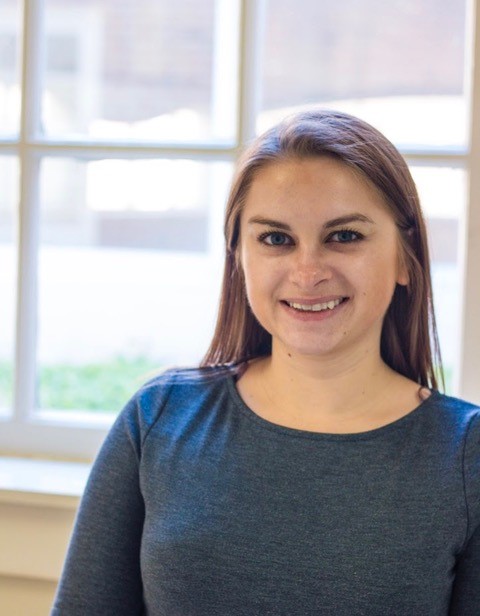 Angela grew up in New Jersey and attended Boston University as an undergraduate, with a Geophysics & Planetary Sciences major and Mechanical Engineering minor. She worked at both Columbia and Rutgers universities before attending graduate school at the University of Maryland, where she joined the NASA InSight mission team, focusing on the use of terrestrial geophysical analog locations to prepare for future missions.
Angela grew up in New Jersey and attended Boston University as an undergraduate, with a Geophysics & Planetary Sciences major and Mechanical Engineering minor. She worked at both Columbia and Rutgers universities before attending graduate school at the University of Maryland, where she joined the NASA InSight mission team, focusing on the use of terrestrial geophysical analog locations to prepare for future missions.
Angela completed her Ph.D. in 2020 and spent two years as a postdoctoral scholar at the Jet Propulsion Laboratory, where she joined the Dragonfly mission team and continued working on planetary seismology problems, especially the modeling of icy ocean worlds. At LPL, Angela looks forward to developing the next generation of seismometers to explore the Solar System.


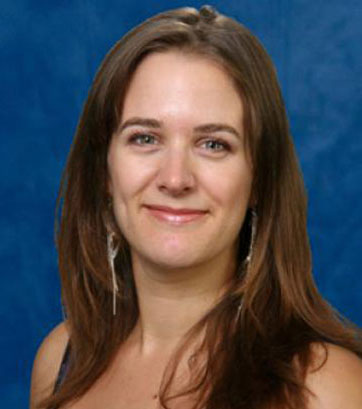
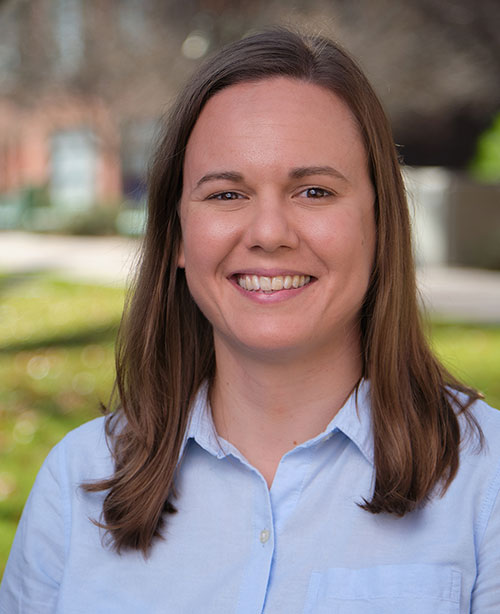
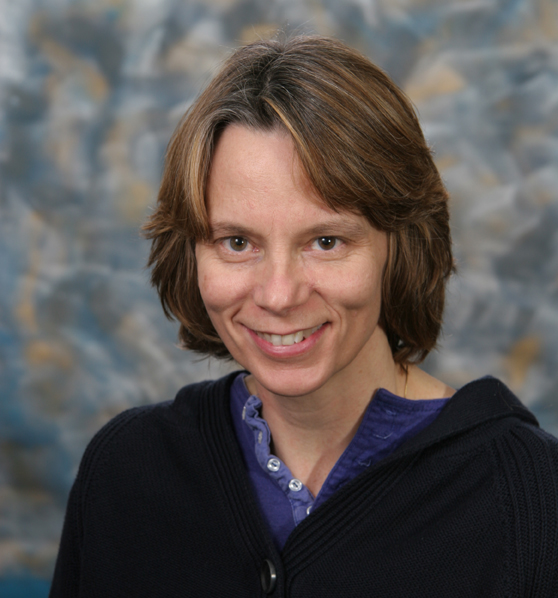 Caitlin joined LPL in 2002 after 8 years at Northern Arizona University, where she rose to the rank of Associate Professor. She was promoted to Professor at UArizona in 2009. A look at Caitlin’s CV reveals her varied interests, from observational studies of the atmosphere of Titan, where she was the first to discover clouds, to studies of giant planet, brown dwarf, and exoplanet atmospheres. Caitlin had the idea to organize the first exoplanet-brown dwarf-Solar System synergy meeting in Flagstaff in 2000. She spearheaded and nurtured a multitude of international collaborations, including with researchers at the Observatório National in Brazil and the Observatiore de Paris in Meudon, France. At LPL, she regularly taught the planetary atmospheres core class, educated numerous students on how to use a telescope, and shepherded a number of graduate students to a Ph.D.
Caitlin joined LPL in 2002 after 8 years at Northern Arizona University, where she rose to the rank of Associate Professor. She was promoted to Professor at UArizona in 2009. A look at Caitlin’s CV reveals her varied interests, from observational studies of the atmosphere of Titan, where she was the first to discover clouds, to studies of giant planet, brown dwarf, and exoplanet atmospheres. Caitlin had the idea to organize the first exoplanet-brown dwarf-Solar System synergy meeting in Flagstaff in 2000. She spearheaded and nurtured a multitude of international collaborations, including with researchers at the Observatório National in Brazil and the Observatiore de Paris in Meudon, France. At LPL, she regularly taught the planetary atmospheres core class, educated numerous students on how to use a telescope, and shepherded a number of graduate students to a Ph.D.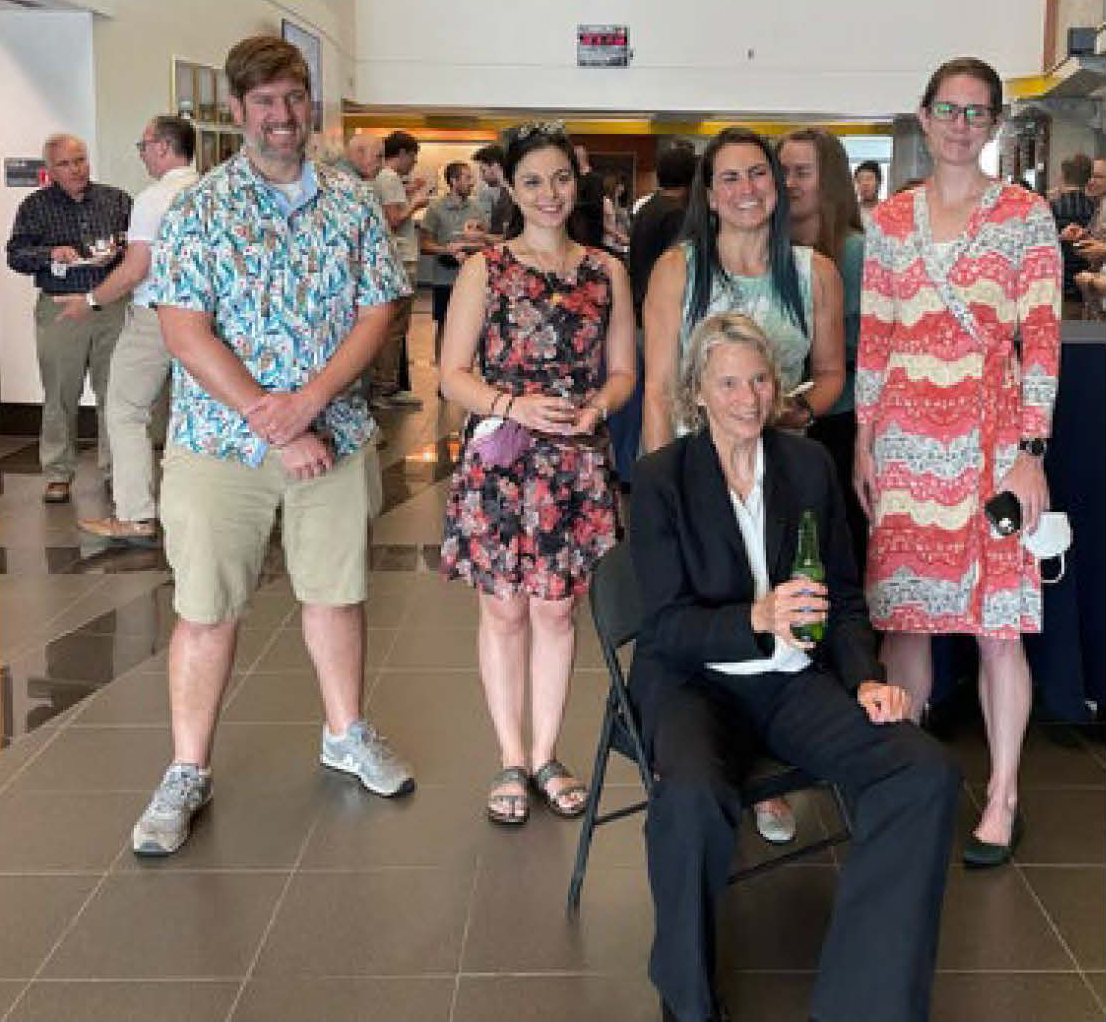

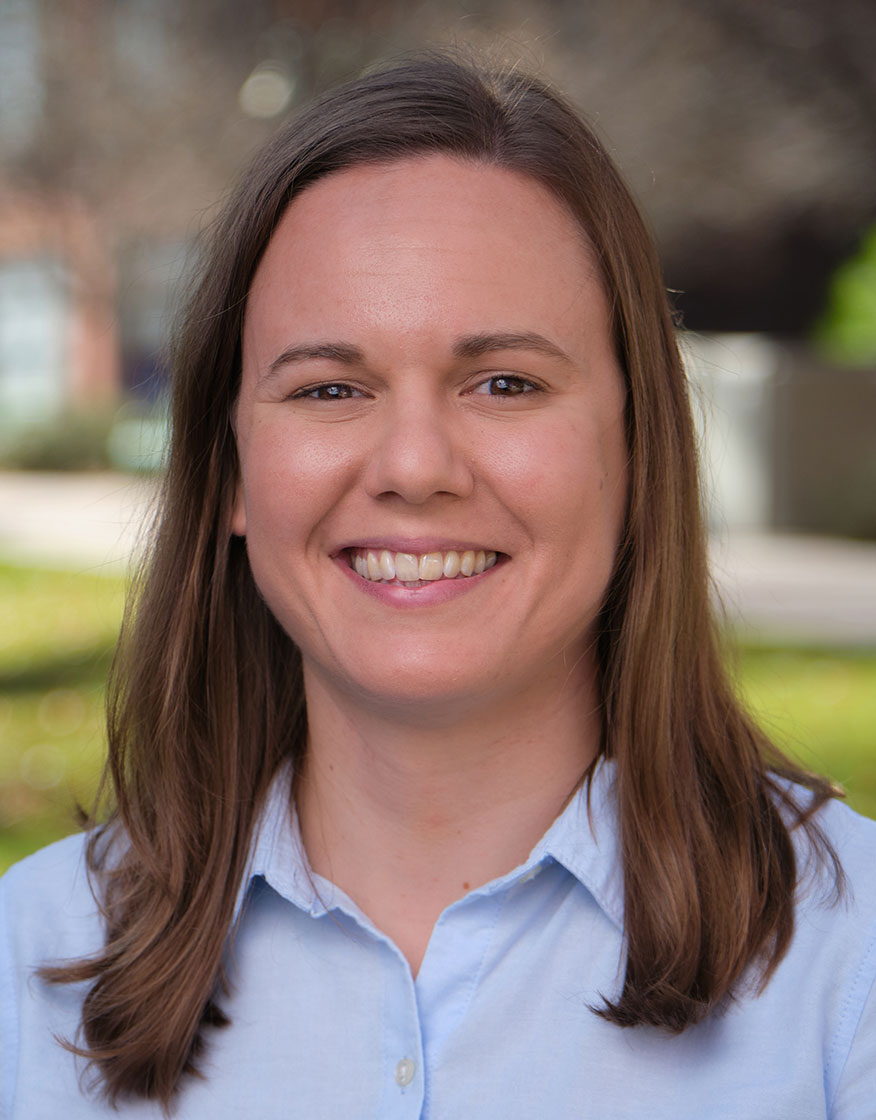
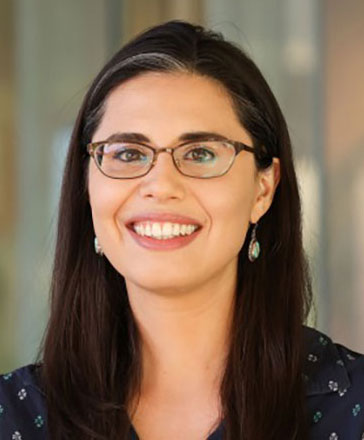
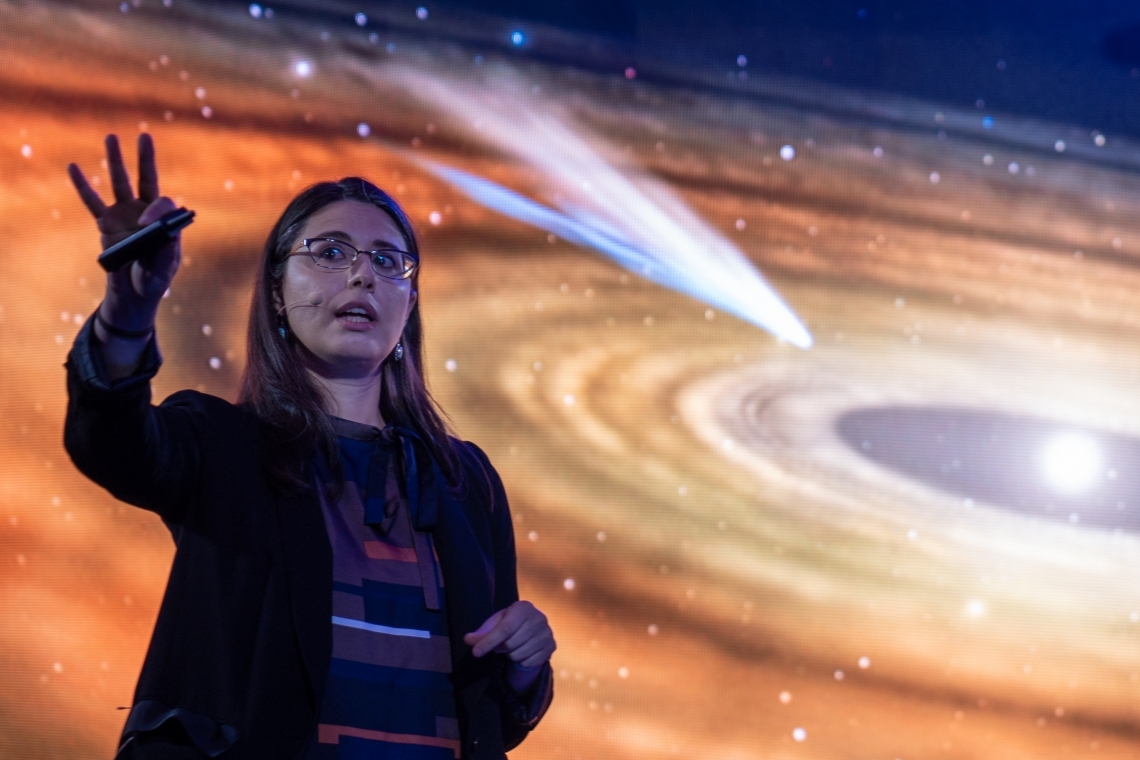
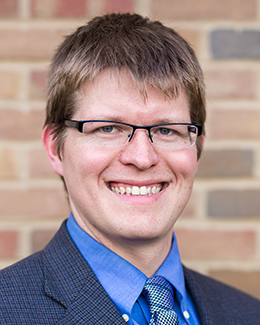
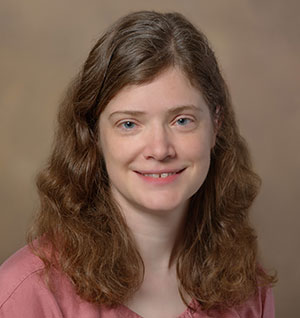
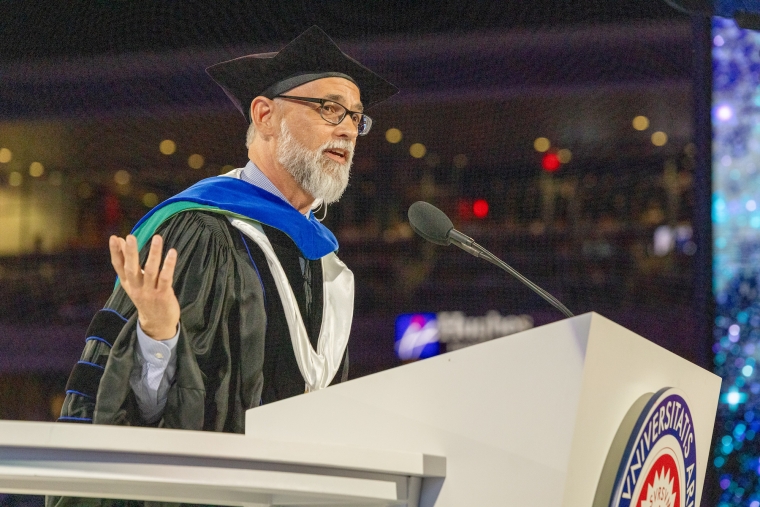 LPL's Dante Lauretta delivered the UArizona commencement address on May 13, 2022. Professor Lauretta graduated from UArizona in 1993 with a Bachelor of Science in physics and mathematics and a Bachelor of Arts in Oriental studies with an emphasis in Japanese He earned his Ph.D. in Earth and planetary sciences in 1997 from Washington University. He is Principal Investigator of the
LPL's Dante Lauretta delivered the UArizona commencement address on May 13, 2022. Professor Lauretta graduated from UArizona in 1993 with a Bachelor of Science in physics and mathematics and a Bachelor of Arts in Oriental studies with an emphasis in Japanese He earned his Ph.D. in Earth and planetary sciences in 1997 from Washington University. He is Principal Investigator of the